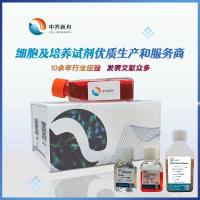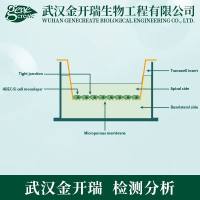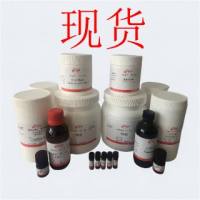MTT Assays
互联网
3177
The MTT calorimetric assay determines the ability of viable cells to convert a soluble tetrazolium salt [3–(4,5-dimethylthiazol-2-yl)-2,5-diphenyltetrazolium bromide] (MTT) into an insoluble formazan precipitate. Tetrazolium salts accept electrons from oxidized substrates or appropriate enzymes, such as NADH and NADPH. In particular, MTT is reduced at the ubiquinone and cytochrome b and c sites of the mitochondrial electron transport system and is the result of succinate dehydrogenase activity. This reaction converts the yellow salts to blue-colored formazan crystals that can be dissolved in an organic solvent whose concentration can be spectrophotometrically determined (Fig. 1 ). Owing to the many advantages of the assay, it is today considered a significant advance over traditional techniques. In fact, it is rapid, versatile, quantitative, and highly reproducible with a low intratest variation between datapoints (�15% SD); it is useful in a large-scale, antitumor drug-screening program (1 –3 ). Moreover, the test can also be used for floating cells, such as leukemias and small cell lung carcinoma, and always allows sufficient time for cell replication, drug-induced cell death, and loss of enzymatic activity, which generates the formazan product from the MTT substrate (4 ).
Fig. 1. Absorption spectra of MTT formazan reagent (25 μg/mL) in DMSO (A ) and 0.04N HC1/isopropanol (B ).








